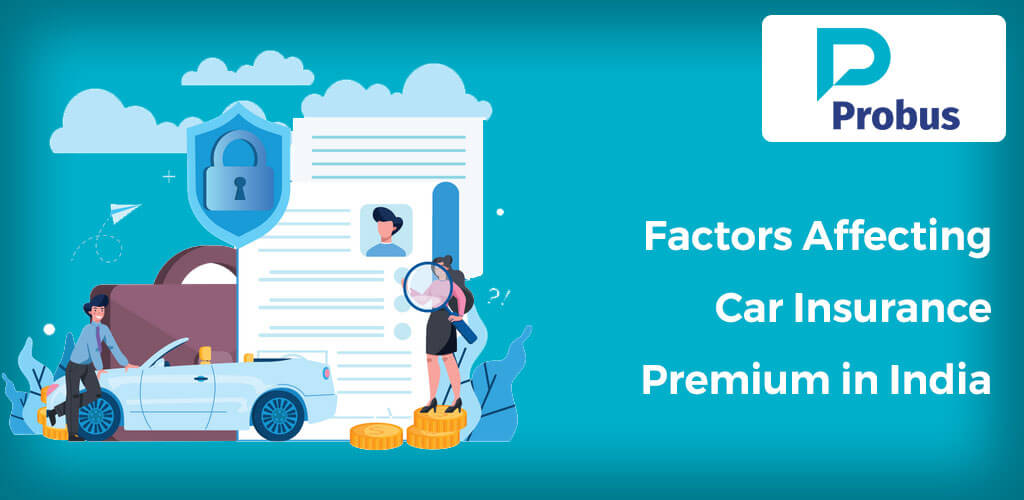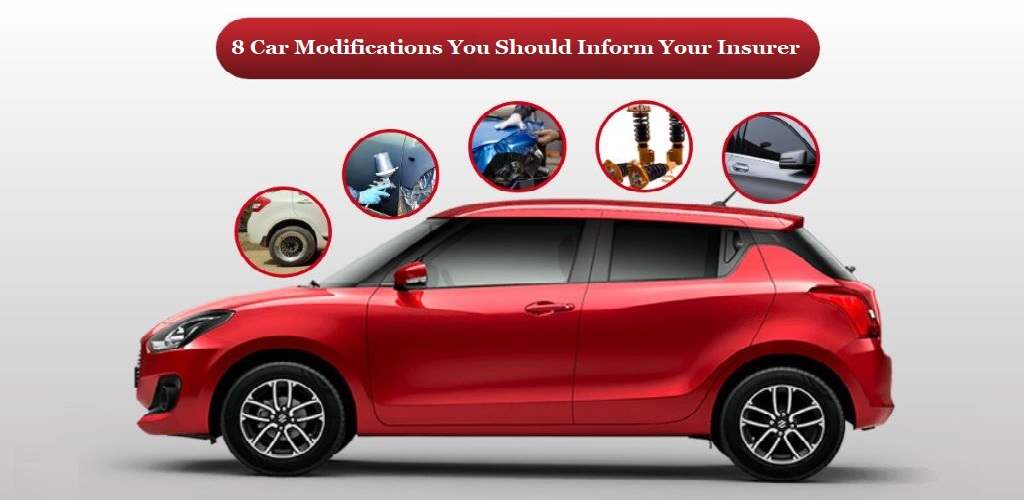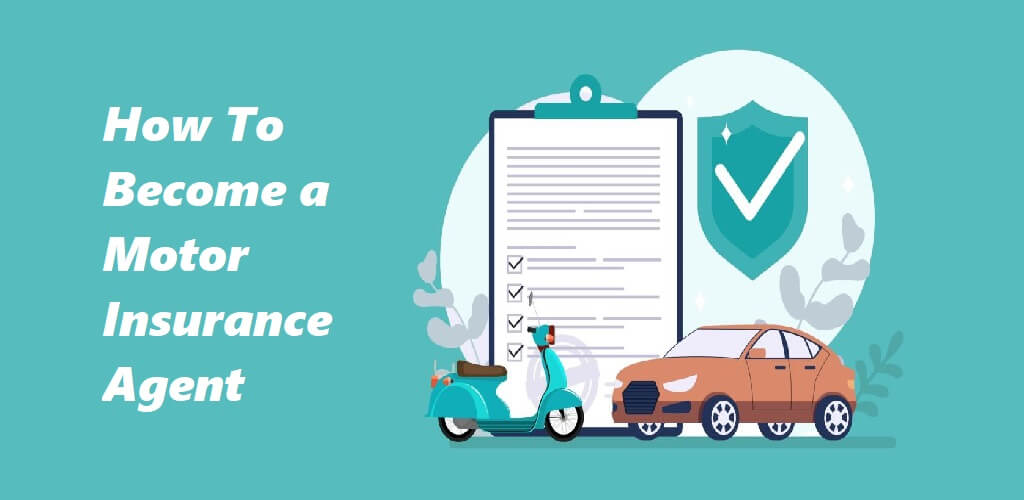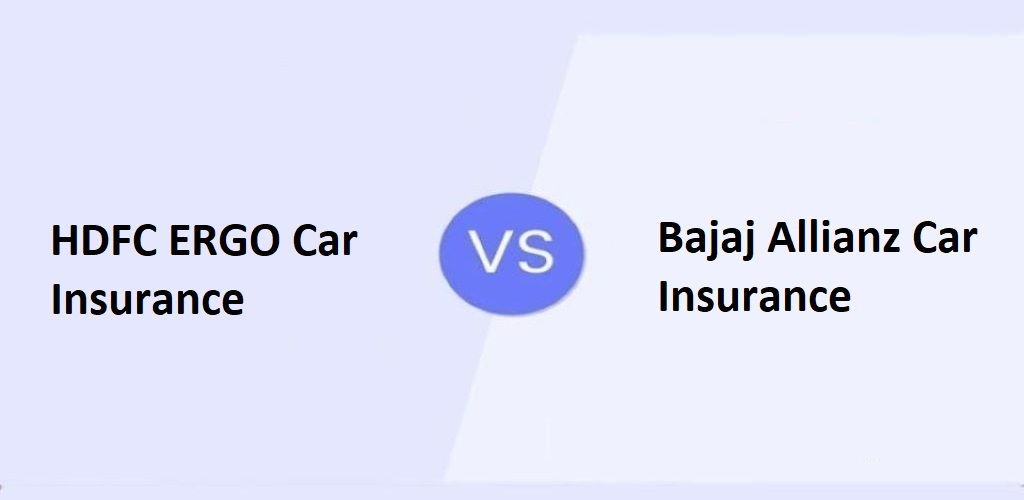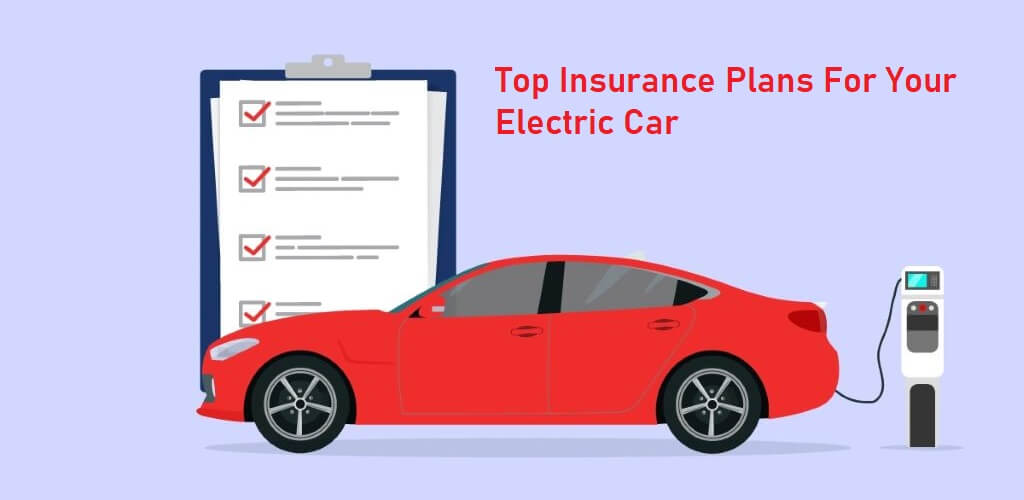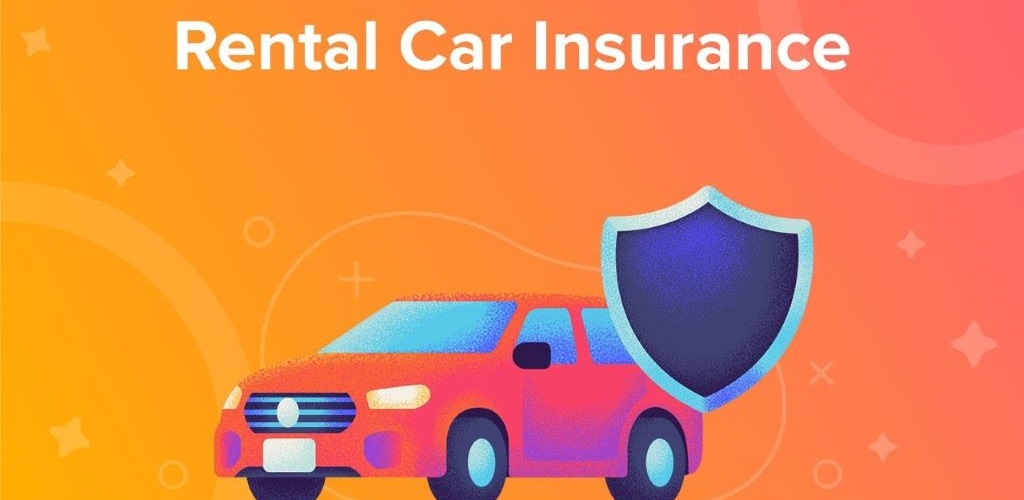It is no secret that car insurance policies in India are now mandatory as per the Motor Vehicle Act, 1988. The selling of car insurance plans has increased in India as a result of the most recent revisions to the Motor Vehicle Act’s penalties for failure to possess a basic TPL policy.
Whether you have just bought a new car or already been using one, your vehicle should come under a dedicated insurance policy. Even though car insurance is required, you don’t have to break the money to cover your car. While it may be tempting to lower your auto insurance rate, it’s vital to remember that there are additional factors that could also have an impact on the cost you incur.
Important Facts & Statistics About Car Insurance Premium
Let’s look at the important facts and statistics about car insurance and its premium.
- The average annual cost of car insurance in India is around 2,400 rupees.
- The national average for insurance claims is a stunning 1.2 lakh crore, while the market for auto insurance is estimated to be worth Rs. 70,000 crore.
- The Ministry of Road Transport’s recently authorized proposal states that starting in June 2022, third-party auto insurance premiums might rise by as much as 21%.
Things That May Impact Your Car Insurance Premium
The following are the factors that may significantly impact the premium of your car insurance.
1) Make, Model, Variant:
It is one of the major factors that may significantly impact the premium of your car. If you own a luxurious sedan, then you will likely pay a huge premium. On the other hand, if you own a hatchback, your premium would be reduced. Therefore, it might be claimed that your car’s manufacturer, kind, engine size, etc. will all directly affect the cost of your auto insurance.
2) Coverage Needed:
The cost of your car insurance may vary depending on the level of protection that your vehicle needs. Comprehensive auto insurance typically carries a higher cost, but it is nevertheless necessary. While third-party insurance is required, the decision to obtain collision coverage is entirely up to you.
The additional coverage you purchase, such as zero-depreciation insurance, vehicle towing costs in the event of a breakdown, higher third-party liability, protection of NCB benefits, and many others, will also raise the cost of your car insurance premium.
3) Anti-theft Device
If you have already installed an anti-theft device in your car, then you will likely pay a minimal premium for your car. You may be eligible for a discount on your car insurance if you protect your vehicle with an anti-theft device that has been approved by the Automotive Research Association of India (ARAI).
It is, thus, incredibly important for you to choose a certified yet dependable device that may not only protect your car but impact your premium amount, too.
4) Deductibles
There are two types of deductibles for auto insurance: mandatory deductibles and optional deductibles. The mandatory deductible is the portion of the insurance premium that you must pay when filing a claim and is determined by the insurer.
While a voluntary deductible is a portion of the insurance premium that you choose to pay when filing a claim. You must make this right. Your auto insurance rate will be lower the larger the optional deductible you choose to pay.
5) Age of the Vehicle
The cost of insurance is significantly influenced by age. Drivers between the ages of 18 and 25 are considered to be less experienced and more accident-prone, which results in higher insurance premiums.
A driver between the ages of 26 and 55 is considered to be more experienced and responsible, thus they pay a reduced premium.
6) Frequency of Claim
This is another variable that affects the cost of your auto insurance. The insurance companies offer a discount on the premium for the following year to those who haven’t filed any claims throughout the annual policy year. If you don’t make any claim against your car insurance, you will likely make a huge difference in your car premium amount.
If you didn’t file a claim during the previous policy period, insurance providers will lower your rate (for vehicle insurance renewal). Do not make a claim right away. Before submitting a claim, take a look at the NCB component (if applicable), and then consider whether or not it makes sense to submit a claim.
How To Reduce Your Car Insurance Premium?
If you are looking to minimize or reduce your car insurance premium, you can perform these steps.
Tip #1: Avoid small claim expenses
Every year without a claim entitles policyholders to NCB. Although the main purpose of auto insurance is to pay for any damage to the car, the policyholder must forego filing a claim in the event of minor problems like a broken headlight or taillight. The reason for this is that fixing these minor problems will cost far less than the sum received as NCB. The NCB amount is subtracted from the premium cost when an auto insurance policy is renewed, lowering the premium cost.
Tip #2: Don’t Let Your Car Insurance Policy Lapse
Now, while you work to reduce your car insurance rate, it’s important to be aware of mistakes that result in higher premiums. Not renewing insurance policies on time is a big one of these errors.
You may have to pay a penalty if you neglect to renew your auto insurance and let it lapse, in addition to having to buy a new policy from scratch. Despite having made no claims throughout the policy’s term, you also lose your right to a No Claim Bonus.
Tip #3: Compare Car Insurance Online
All purchasers of car insurance policies must, without fail, compare automobile insurance policies online. Before making your final choice, comparing insurance enables you to assess a variety of plans, the majority of which you would have otherwise overlooked.
The variety of automobile insurance plans and the level of coverage they provide often result in different insurance premiums. Typically, a no-frills policy—one without additional covers or extra features—is the least expensive.
Tip #4: Don’t go for too many modifications or upgrades
You must notify the insurance if you make any changes to your vehicle, such as adding a CNG kit or an electronic gadget, as these changes may affect the premium. Your claim can later be rejected if you don’t inform. “Modifications to wheels, car interiors, or paintwork that make a vehicle more likely to be stolen should be avoided. Similar to this, any modification to the engine or mechanics that increases power or accelerates the vehicle also increases risk.
Tip #5: Get ‘Pay as You Drive’ Insurance
The IRDAI’s regulatory sandbox standards have made this concept, which is still relatively new to the Indian auto business, available since 2020, and only a select few insurers are permitted to promote it. It’s a usage-based offering, meaning the premium is only charged for the number of kilometers specified at the start of the policy. However, the insured receives the same advantages as with a conventional comprehensive cover. As a result, if you just seldom drive, this would be a smart method to reduce your premium.
You can use this knowledge to make a better decision when buying a vehicle insurance policy or to give advice to those who are considering doing the same. You now have a better understanding of what increases the rate of your car insurance.

